Use this set of division posters in your classroom when teaching different mental maths strategies.
Division Strategies
Are your students needing help recalling their division facts? If you are looking for tips and tricks to help them divide numbers within 100, look no further! Even though there may not be as many strategies as there are when adding or subtracting, there are some helpful ways students can tackle some of those hard-to-remember math problems. Teach Starter has created a set of division posters that you can use in your classroom to help them increase their math fluency!
With this download, you will receive 1 title poster and 4 strategy posters covering the following:
- use a known fact
- halve
- think multiplication in reverse
- halve a half.
How to Make the Most of Your Mental Maths Posters
- Print the posters and display them in your classroom for students to reference when doing independent work.
- Print the posters, slip them into clear sleeves and use them in your guided groups as a reminder.
- Print the posters, slide them into a clear sleeve, and hang them on a ring as a reference tool for a maths group.
We’ve also come up with bonus ways to turn posters into interactive tools that really make your lessons stick!
📂 Place copies in students’ homework folders for reference.
💻 Provide posters as digital resources for virtual students.
🧠 Test students’ memories by showing them the poster, then hiding it and having them tell you what they remember.
✅ Incorporate posters into your lesson wrap-up: students write on a sticky note what they learned from the lesson and place it on the poster.
Before You Download
This resource prints as a PDF. Please use the Download button to access the colour version of this resource.
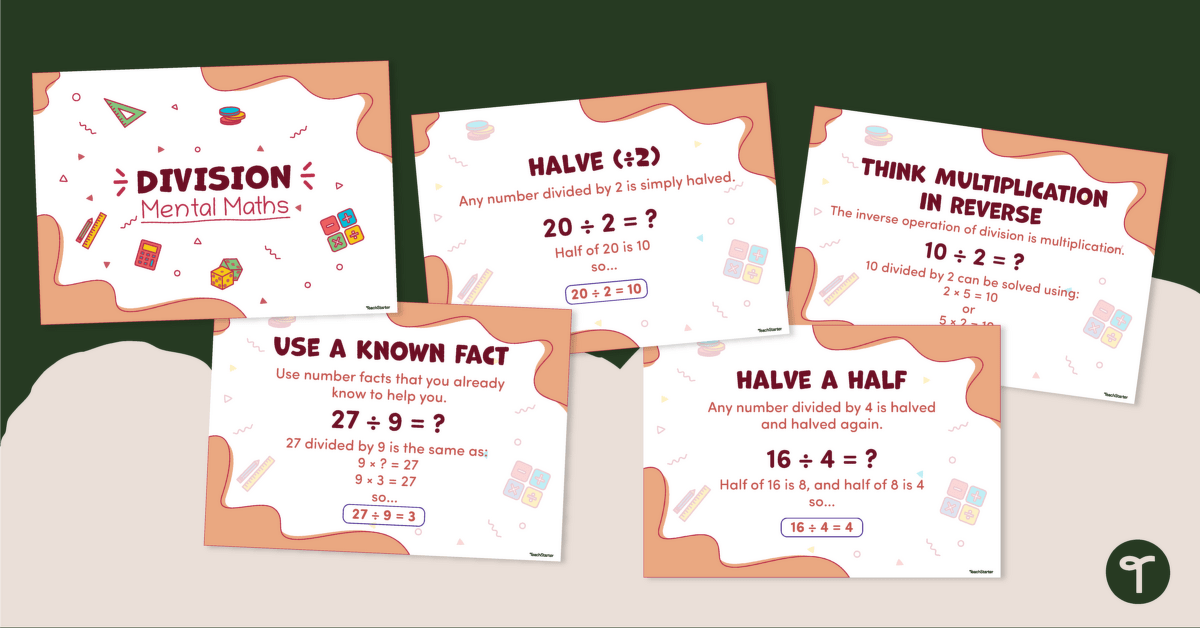

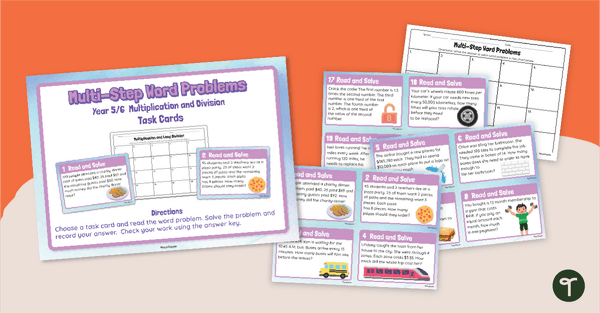

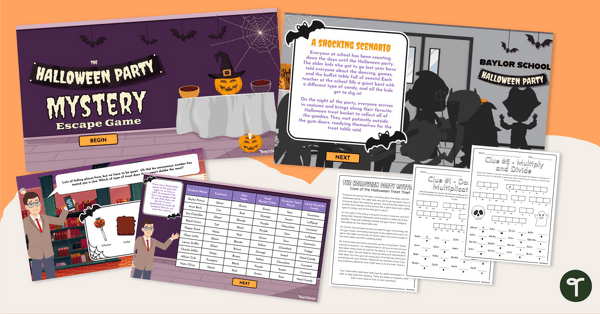

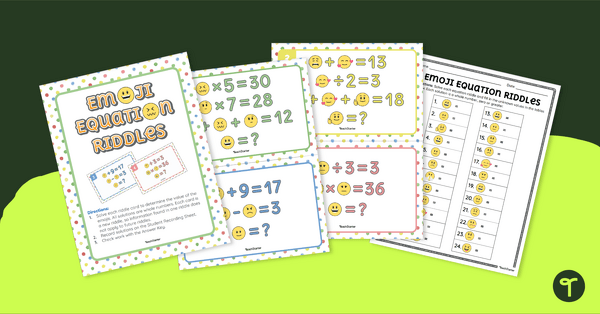

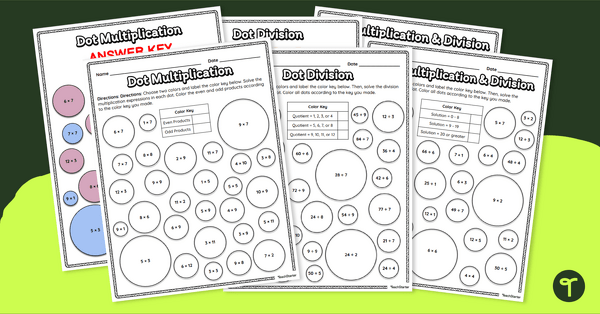
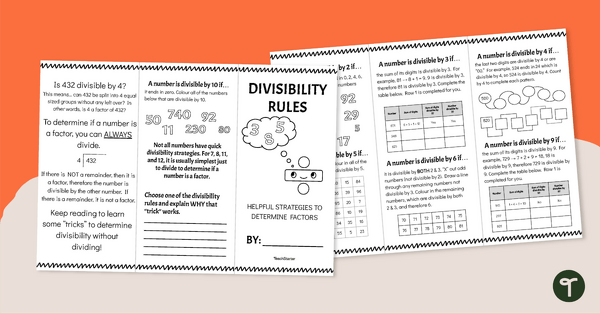
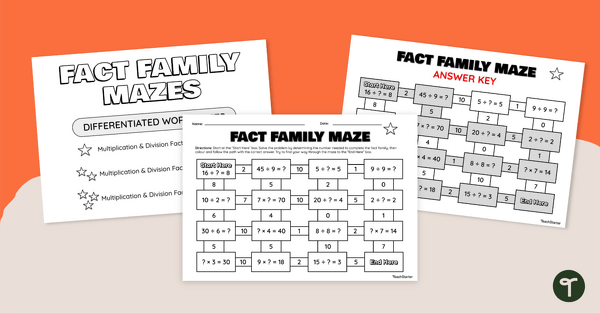
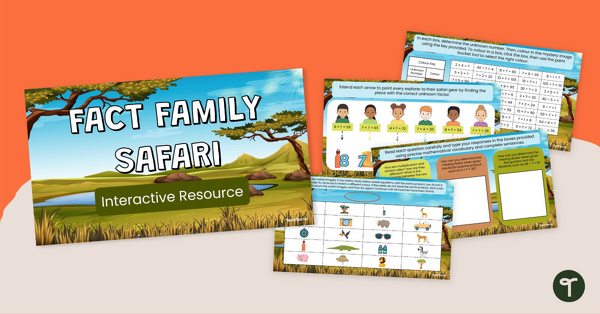
0 Comments
Write a review to help other teachers and parents like yourself. If you'd like to request a change to this resource, or report an error, select the corresponding tab above.